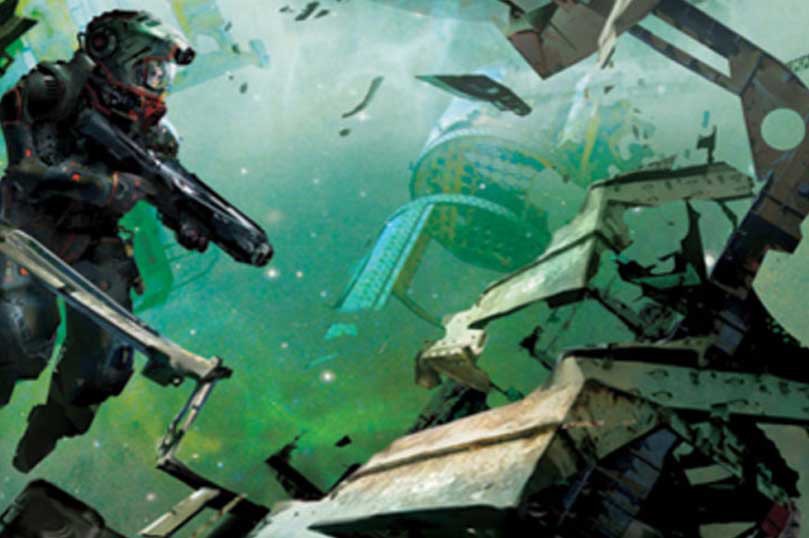SFF Holiday Sweepstakes
Want to make your shelves the envy of genre fans everywhere this holiday season? We’re offering the chance to win your choice of boxes of sci-fi or fantasy novels, from authors like John Scalzi, Brandon Sanderson, Elizabeth Bear, and more. Sign up for the Tor Newsletter for you chance to win now! And don’t forget…


